Essai Asus Zenfone Max Pro M1
Q: Is ASUS Zenfone Max Pro M1 better than Xiaomi Redmi Note v Pro? Let's get to know every detail of the flagship in this ASUS Zenfone Max Pro M1 review.
The budget-friendly smartphones are getting better and better every year. 1 might credit the Chinese smartphone manufacturers such as Xiaomi, Huawei, and Vivo. However, our today'due south protagonist isn't a Chinese brand at all. It'due south a telephone made by one of the leading Global consumer electronics Taiwanese manufacturer 'ASUS'. Moreover, the phone is dedicated to India merely. Everyone come across 'ASUS Zenfone Max Pro M1'.
Information technology appears like ASUS is trying to go back and reclaim the Rs fifteen,000 mid-terminate smartphone marketplace where in that location's a lot of contest right now by brands such as Lenovo, Huawei, and Xiaomi. That'south why they have to launch something which is meliorate than the current mid-cease phones or at least equal to them. ASUS Zenfone Max Pro M1 is that 'something' set for such a purpose.

Then what's the large deal? The new ASUS Zenfone Max Pro M1 might neither sound showy nor tedious. It might non bring the cutting-edge technology such as triple rear cameras of Huawei P20 Pro and even a jaw-dropping blueprint like Full-screen two.0 of Xiaomi Mi MIX 2S. But do you lot know what? It might surprise you with its hardware featured at a stupendous toll of INR ten,999 (163 USD). Information technology is the all-time rival of Xiaomi Redmi Note 5 Pro, offering the aforementioned hardware and improve battery at a much better cost.
Let's dive into the details and know this Bharat exclusive ASUS Zenfone in this ASUS Zenfone Max Pro M1 review:
What'south Inside
ASUS Zenfone Max Pro M1 Review – A Flagship That's Sectional to Bharat Only!
| Model | Zenfone Max Pro (M1) |
|---|---|
| Dimensions | 159 ten 76 ten viii.51 mm |
| Weight | 180 chiliad |
| Material | Metal, Plastic Antenna sections |
| Colors | Two (Midnight Blackness, Grey) |
| Screen | IPS LCD capacitive touchscreen, 16M colors |
| Display | v.99 inches, 93.1 cm2 (~77.0% screen-to-body ratio) |
| Resolution | 1080 ten 2160 pixels, 18:ix ratio (~403 ppi density) |
| SoC | Qualcomm SDM636 Snapdragon 636 |
| CPU | Octa-core 1.8 GHz Kryo 260 |
| GPU | Adreno 509 |
| RAM | 3/4GB |
| ROM | 32/64GB |
| External storage | Yes, TF menu supported up to 400GB (dedicated slot) |
| Network | 2G bands: GSM 850 / 900 / 1800 / 1900 - SIM i & SIM 2 3G bands: HSDPA 850 / 900 / 1900 / 2100, HSDPA 850 / 900 / 2100 - India 4G bands: LTE band one(2100), three(1800), 5(850), 7(2600), 8(900), 20(800), 40(2300) - Bharat |
| Dual SIM | Yes, slots (Nano-SIM, dual stand up-by) + MicroSD slot (dedicated) |
| Connectivity | Wired: 3.5mm audio jack, Micro USB 2.0 Wireless: Wi-Fi 802.eleven a/b/g/n, dual-band, Bluetooth four.two |
| Camera (Rear) | Dual: 13 MP (f/2.2, 1.12µm) + 5 MP (f/2.4, i.12µm), phase detection autofocus, LED flash Dual: 16 MP + 5 MP, stage detection autofocus, LED wink - 6 GB RAM model only Features: Geo-tagging, touch focus, face detection, HDR, panorama, face unlock |
| Camera (Front) | 8 MP (f/2.2, 1.0µm), LED flash 16 MP, LED flash - 6 GB RAM model only Features: Beauty Fashion |
| Sensors | Fingerprint, Accelerometer, Compass, Gyroscope, Light sensor, Proximity |
| Os | Stock Android eight.1 (Oreo) |
| Bombardment | Not-removable Li-Po 5000 mAh battery Standby: 840 h Talk fourth dimension: Up to 42 h (3G) Music play: Upward to 199 h Average employ: ii days Extreme utilize: one twenty-four hour period Charging time: 2.5 hours to 3 hours |
| Content | i x Telephone 1 x Boom Box one 10 Charger 1 ten Micro USB cable 1 x User Transmission |
Starting with the advent, ASUS Zenfone Max Pro M1 is a pretty skilful looking phone despite the cheap cost. The phone is available in 2 colors: Gray and Deepsea Black. ASUS Zenfone Max Pro M1 Deepsea black color reflects a bit of night navy bluish colour besides when in vivid low-cal. That is why it looks fashion elegant than the gray version. The property experience is fantastic as the dorsum is non-slippery and builds from the premium material but there'due south a huge downside as well (discussed later on). Moreover, the hold is improved further by the 2.5D glass and the rear covered sides.
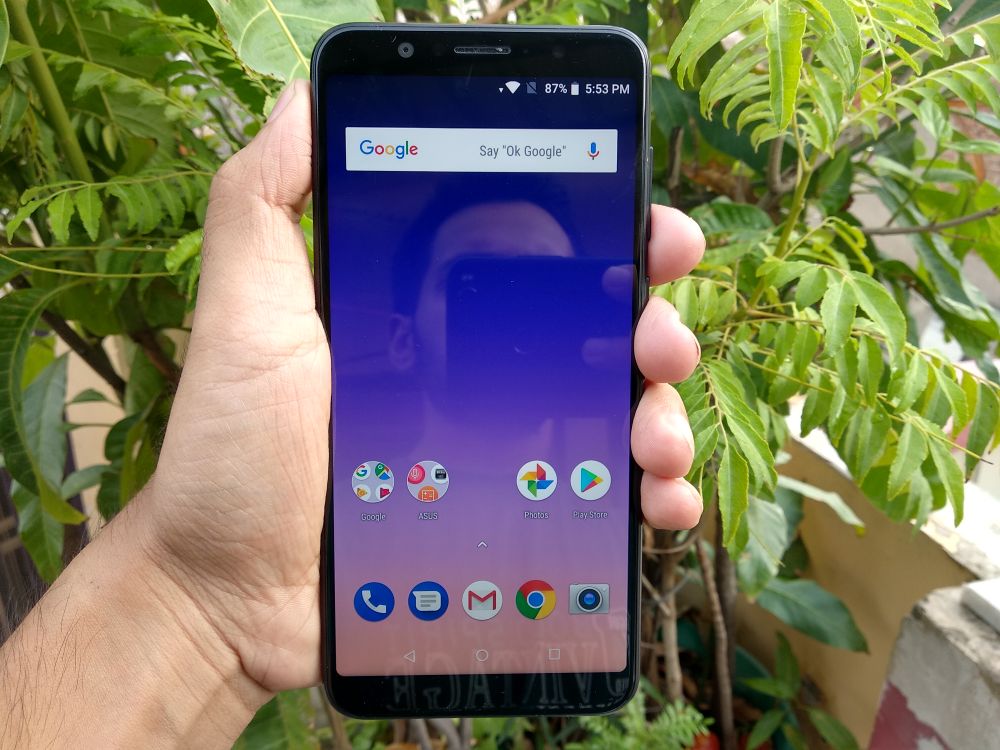
That Metallic Built Adds Weight to the Telephone and You Know that You Are Holding a Premium Telephone Despite the Low Price Tag
Moving to the built and blueprint, near of the budget-friendly smartphones molds from plastic. However, that'southward not the case with ASUS Zenfone Max Pro M1. The flagship despite being a mid-ender, forges from metallic (aluminum alloy). Zenfone Max Pro M1 undergoes the 3-staged metal design. The top rear and bottom terminals are plastic which is the antenna section. Nosotros would have really appreciated if the phone had a unibody design or an innovative antenna design. Well, goose egg to complain about nether that price tag. On the rear, nosotros find the dual rear camera (along with dual-toned LED flash) placed vertically at the top left and is slightly bulged equally well. At the rear top-center, in that location's the fingerprint reader embedded.
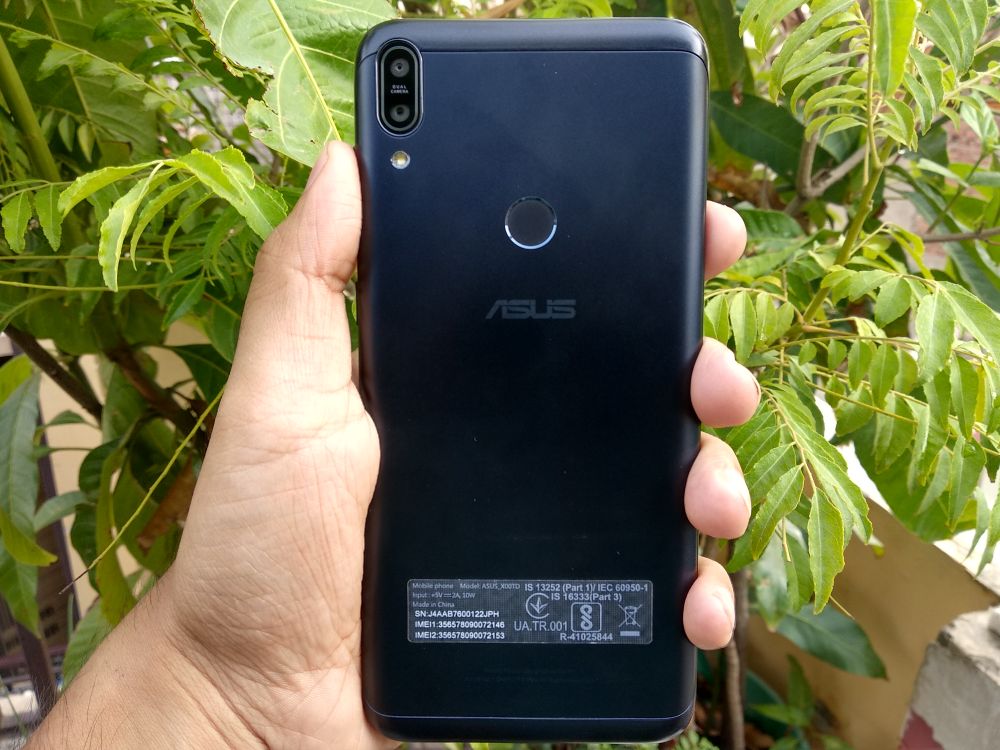
On the forepart, we take the glass panel with narrow bezels. Now, ASUS says that it's a sturdy drinking glass panel but it has no reinforcement brand tag such as Saphire or Gorilla Glass Protection. So, you lot might need a screen protector after all. On the edges, the glass gets slightly curved proving that it's two.5D curved glass screen.
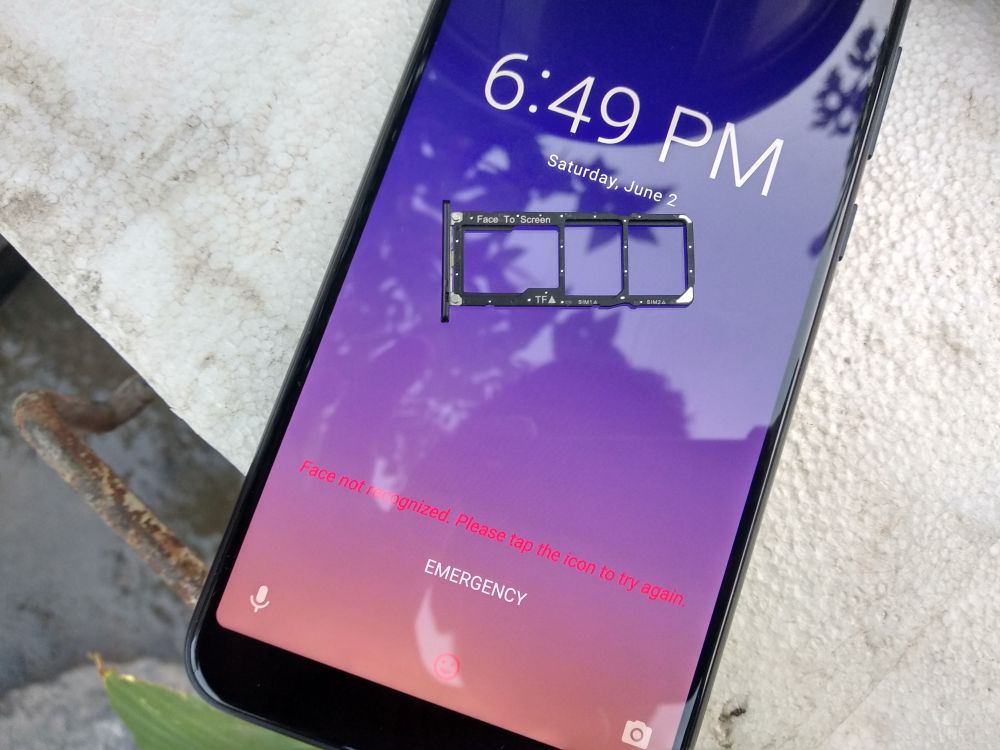
Everything seems to be perfect until yous use a footling flake and plough the phone to the rear and see those fingerprints!
Speaking of the downside of the design, the rear back gets dirty too ofttimes by the fingerprints. It'due south because of that deadening color on that cold metal. Those aren't noticeable in dark environment, but in daylight or reflection, you and the others might in one case them. Since its metal, those fingerprints are harder to clean than on a glass back.
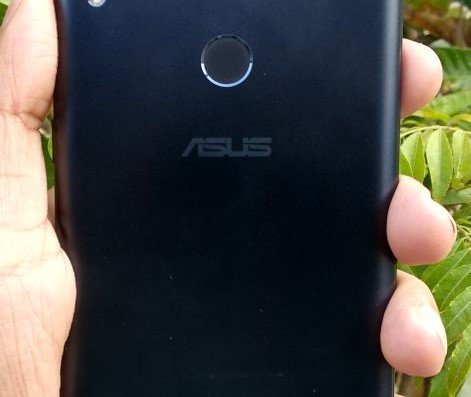
Zenfone Max Pro M1 occupies a space of 76.0 mm ten 159.0 mm 10 8.51 mm and appears to exist slightly heavy weighing 180 g. As a 6-incher and being thick yous won't be able to perfectly clutch ASUS Zenfone Max Pro M1 despite carrying the 18:nine full-screen trend. Even the i-hand operations seem incommunicable on this phone for a person with average manus size. However, the rear fingerprint reader is hands reachable in one-hand operation.


Withal, the size and weight have benefits likewise. The 6-inch smartphone is much suitable for gaming, watching movies, and other multimedia stuff. The 180 grams weight adds a plus point to the holding experience and you lot feel similar you are admittedly holding a metallic smartphone.
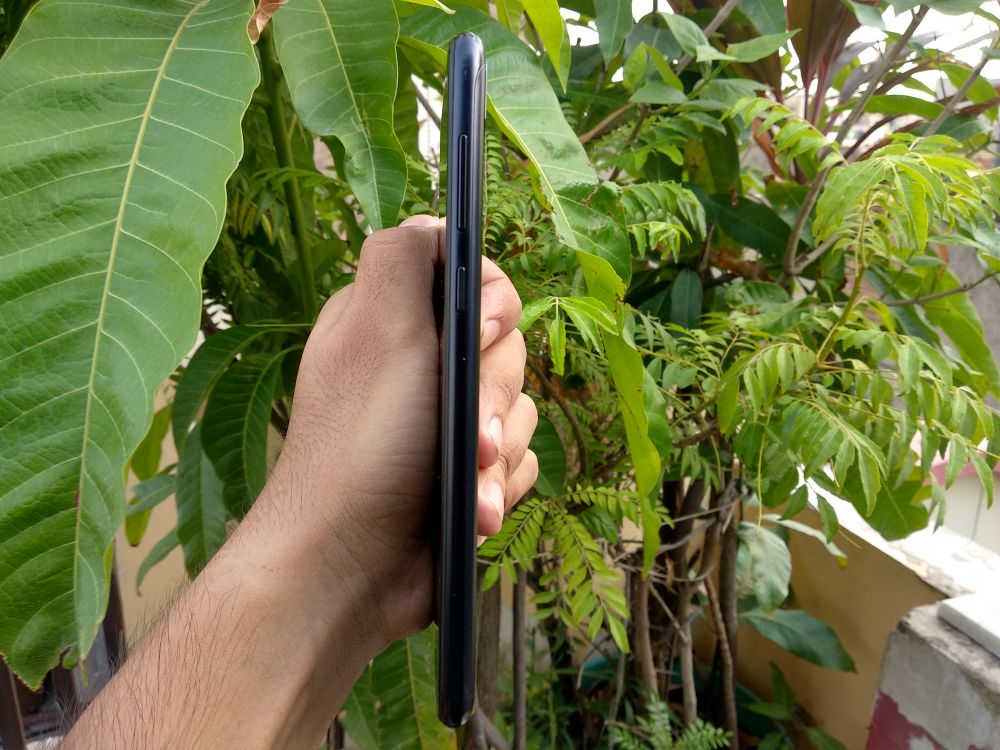
The ports placement is somewhat questionable. Information technology'southward fine for the telephone to have a Micro-USB port at the bottom of the phone, but the three.5mm is shifted from the top to the lesser along with it. In fact, everything is at the bottom including the speakers and the mic. No complaints, simply speaking of the applied use it'southward a little difficult to hold the telephone while charging and using it with the wired headphones on. However, the idea of that speaker placement was fantastic.

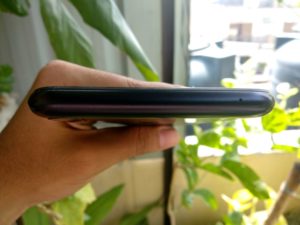
In comparison to the Redmi Note 5 Pro, both about take the same dimensions and weight. The ii of them uses the same three-staged metal design with plastic terminals. The finishing is almost the same. Only, Xiaomi Redmi Notation five Pro wins in the advent section, do you know why? Considering unlike ASUS Zenfone Max Pro M1'south slow and muddied rear metallic chassis, RN5 Pro has a sandblasting shiny rear where the antenna sections are more than symmetrical along with fine linning, and the larger rear photographic camera section has a improve visual impact. But because of the sandblasting, Xiaomi RN 5 Pro has a slippery surface. This is where the Zenfone has a much better holding feel. At last, both of the phones being 6-incher has the same difficulty in using them for ane-paw operation.
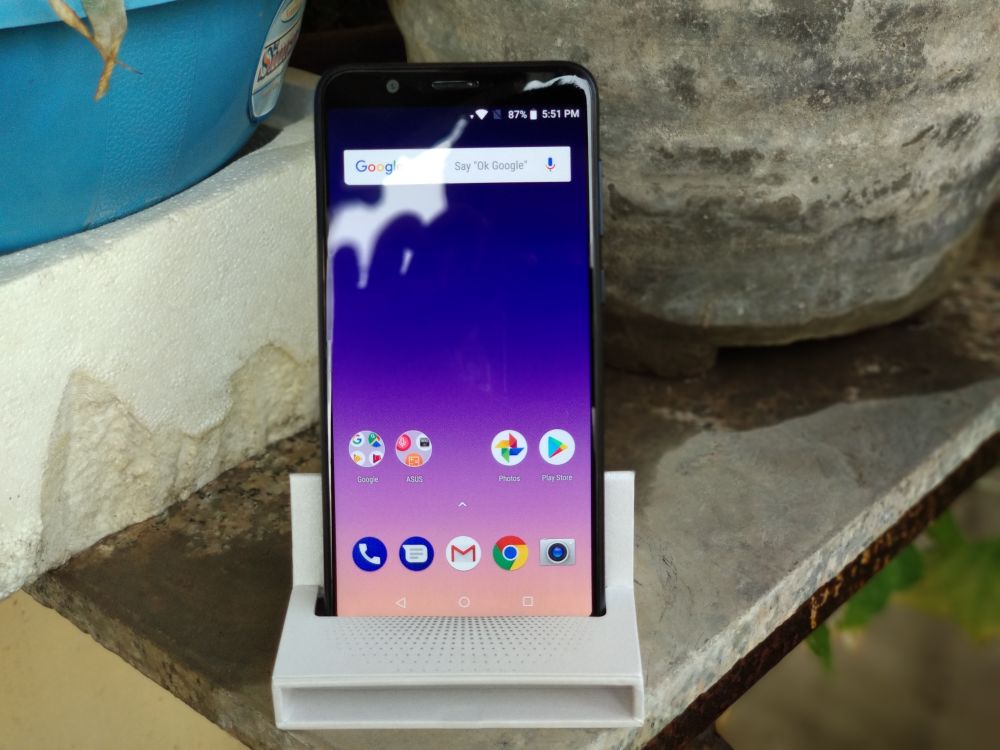
In short, ASUS Zenfone Max Pro M1 surely has a smashing belongings feel and a classy metal built. So what if Xiaomi Redmi Note v Pro has an upper hand in design & advent, you lot won't get an RN five Pro under Rs 10,999, would y'all?
The new ASUS Zenfone Max Pro M1 uses a large 5.99-inch LCD IPS Total-screen 18:9 display with a Full-Hd+ resolution and pixel density of 403ppi. Like previously said it'south a two.5D curved glass. In comparing to other upkeep smartphones, yous can detect that this phone has a quite vibrant screen. This is considering of 1500:1 contrast ratio and being 85% NTSC which is ameliorate than Redmi Note v Pro (1000:1, 84% NTSC). Thus, the colors are brighter and sharp, despite having the same maximum effulgence (450 cd/m2) as of Redmi Note 5 Pro. Since it's IPS the viewing angles are simply unexceptionable.
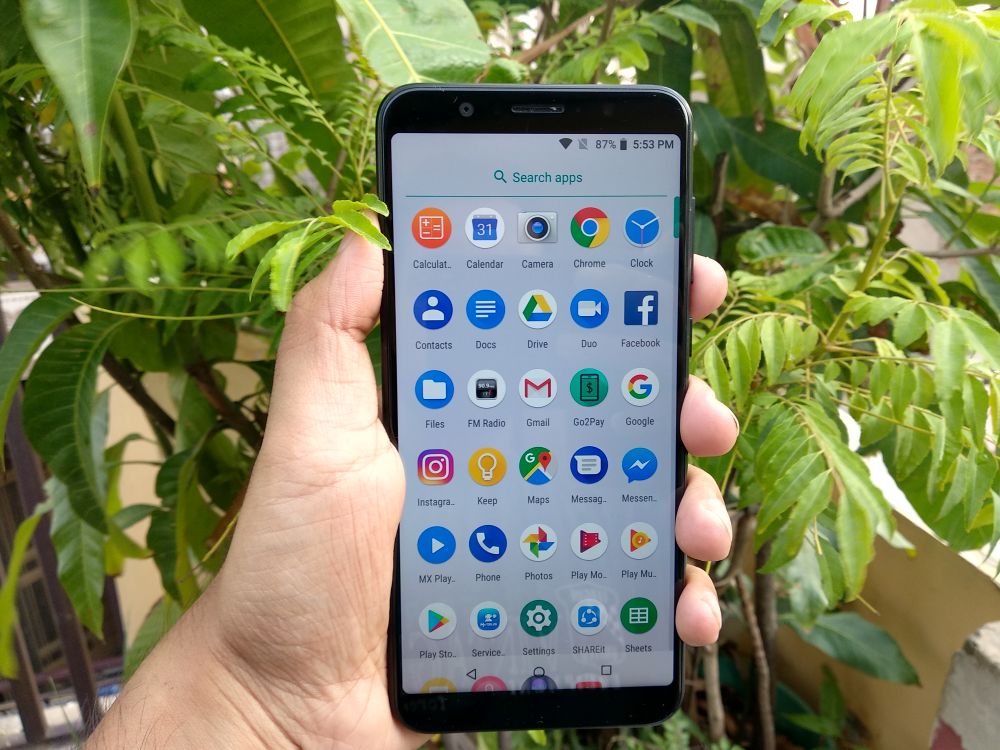
A Screen-Protector is a Must to when you get an ASUS Zenfone Max Pro M1 equally in that location's no default protection like Corning Gorilla Glass
Nowing speaking of the bad side, similar previously mentioned, the screen isn't coated with any branded anti-scratch coating such every bit Gorilla Glass 5, then you need to have actress care of the screen from those keys and coins in your pocket as well as the dust on the surface. Nosotros recommend using a screen protector.
Thus, ASUS gives us quite a big and colorful display which requires some extra intendance as well.
Now comes the selling betoken of the telephone. As we have teased you at the start, the phone is a perfect combination of ability and long bombardment life. The heart of the flagship is the latest mid-stop Qualcomm Snapdragon 636 SoC. In case you don't know, it's the improved version of Snapdragon 630 featuring 40% increase in performance. What can you lot wait from eight customized Kyro 260 cores running up to 1.8 GHz? Well, everything! Speed, performance, besides as surpassing optimizations.
ASUS Zenfone Max Pro M1 is among the few smartphones to score 100,000+ points on AnTuTu under Rs fifteen,000 INR price range
The CPU is accompanied past Adreno 509 equally the GPU besides as a generous 3GB/4GB/6GB optional RAM and 32GB/64GB storage(expandable) which is simply fantastic under that price tag. To be honest, we loved the 4GB version but had the 3GB version with us because of the availability problem. So, we are testing the 3GB version.The 6GB version besides has a better camera configuration (rear: 16MP + 5MP, front end: 13MP).
Regarding connectivity, it's good to see that the phone supports Dual SIM (Nano) also as a MicroSD card, unlike Redmi Annotation v Pro's hybrid slot. Even though the SoC supports Bluetooth 5.0 but still, the phone uses the old Bluetooth iv.ii. Last but not the least, we have the dual-ring WiFi. The betoken reception is relatively skillful thanks to those plastic antenna compartments.
We did some benchmarks as well to judge the performance and compare it with current mid-end king 'Xiaomi Redmi Note 5 Pro' and estimate what, despite having the same SoC, ASUS Zenfone Max Pro M1 beaten Xiaomi Redmi Note five Pro. Hither are the benchmarks tested on this device:
In brusk, ASUS Zenfone Max Pro M1's performance is probably the highlight in ASUS Zenfone Max Pro M1 review. The SoC is way powerful than the SD 625 and 630 and the 4GB RAM extends multitasking. The best part is that nosotros get the best mid-end performance with the maximum battery life for such a low toll.
Gaming on Asus Zenfone Max Pro M1
Gaming on Asus Zenfone Max Pro M1
We played a couple of games on this device and the device was worth it. A big 6-inch gaming experience with a overnice sound and long-lasting bombardment life are what we need these days. The phone tin can easily run loftier-end games such as Asphalt viii on loftier graphics and PUBG Mobile on mid-cease graphics (it got sluggish on high graphics). Max Pro M1 got slightly hot over the time but the game never got sluggish. Thanks to the new Adreno 509. Here'southward the gameplay:
Though the camera performance isn't a peak-level one from these depression budget devices, however, let'due south see what ASUS has reserved this time in this ASUS Zenfone Max Pro M1 review.
ASUS Zenfone Max Pro M1 embeds a 13MP Sony Exmor primary sensor and 5MP secondary depth sensor on the rear, making it a dual photographic camera configuration. Meanwhile, there'southward an 8MP selfie shooter on the front end. Now, Asus hasn't told what Sony sensor it uses. From the camera samples, it appears to be Sony IMX486.
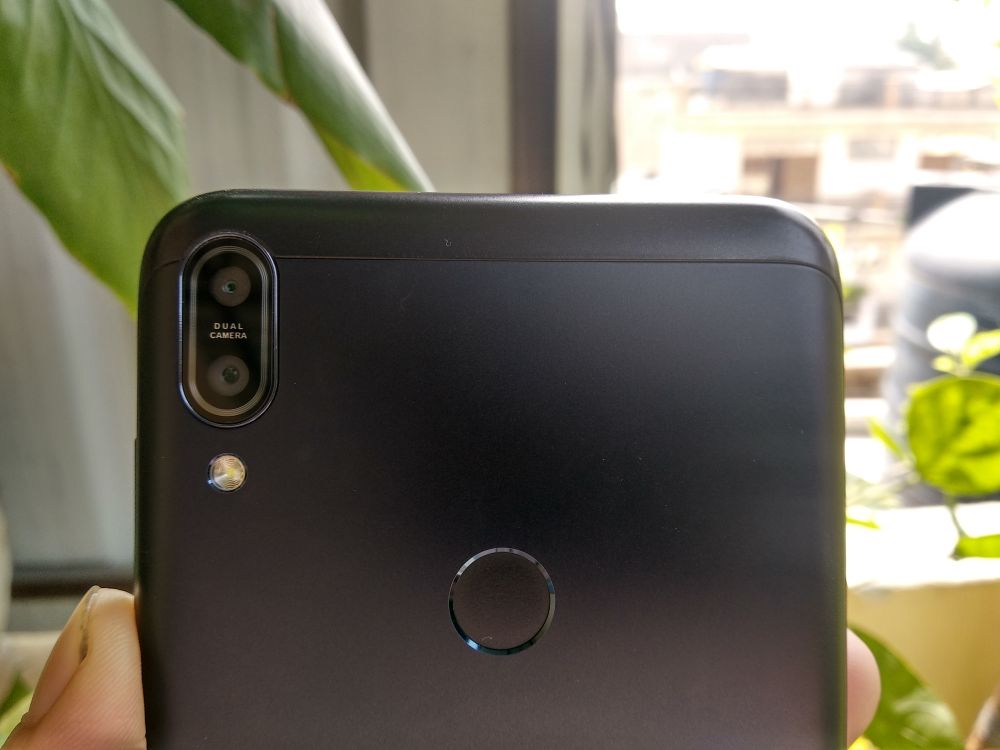
Starting with the camera app, ASUS provides a lot of modes such equally HDR, portrait, landscape, flower and so on along with some adornment. It has color effects similar mono, sepia, negative and much more. Still, the camera app layout is somewhat confusing as the controls aren't properly laid out and take times to learn such every bit 3 taps to move to video recording and the defoliation between depth mode turning on and you might not even realize information technology. Apart from these, it's not suited for the professionals who love manual settings in the camera app, every bit in ASUS Zenfone Max Pro M1 there's no manual mode. Of course, you can still set the white balance.
Dissimilar Xiaomi Redmi Note 5, it supports 4K video recording at xxx fps (DCI and UHD). At the other cease, we have the onetime QVGA (320×240) and CIF (352×240) resolutions as well which are totally extra having no utilise. Sadly, we miss the slow-motion video recording. ASUS as well allows usa to record a muted video which tin can get quite handy. Withal, the 4K video might feel some shakiness because of no OIS.
Here are the daylight, low calorie-free, night pictures shot from the rear photographic camera of ASUS Zenfone Max Pro M1:
i) Daylight Samples:
In the daylight, the shots took from this phone was quite vibrant, each color exposing the maximum to the light. Despite having a small aperture of f/two.ii and pixel size of (1.120 µm), the details and focusing were infrequent. Though it took some time to focus. The details on the stalk of the plant are visible. Yet, the detail is merely express to the focused expanse.
The groundwork blur was praising as well, way ameliorate than of Redmi Note v Pro. The portrait focused had sharp edges and with no blurring making the portrait blurring quite accurate and not bogus. Whereas the whole background was perfectly blurred. Such a nice background blur from a Rs 10,999 smartphone.
2) Low Calorie-free / Nightlight Samples:
In the low light and nightlight camera samples, the phone struggled. In about of the parts, in that location wasn't adequate lighting and a lot of background dissonance. This is where you lot get to know the downside of having a small aperture and pixel size. Notwithstanding, for a mid-end and depression budget device, it's however acceptable as the nighttime photography wasn't that bad at all. Though the image looks quite dull, just the focusing was still prominent.
The groundwork blur at night was successful and improved the paradigm a lot.
In fact, while the LED was turned on, there was no sign of over-exposing and the prototype was sharp and stable similar to the daylight samples.
The front photographic camera is also good featuring dazzler mode. It's appreciable that we get a single tone LED flash along with information technology. Notwithstanding, the LED flash isn't gentle at all with no soft illumination. Instead, it'due south pretty much similar to the rear dual tone flash which strikes in your face making you bullheaded.
In short, though the camera app is somewhat crappy (ASUS has promised to ameliorate it in the future), the rear camera functioning is worth praising specially in daylight. Unlike Redmi Notation 5 we have the 4K video recording as well. Most of the mid-cease cameras struggle in low light, and ASUS Zenfone Max Pro M1 is non an exception. Merely, let'due south enquire yourself a question. Can all those smartphones give you that type of photographic camera operation under Rs 11,000? The answer is definitely no!
Despite ASUS naming 'ZenUI', the OS is pretty much 'Stock Android'. That's right! It'southward just simply pure Android viii.ane Bone with no actress apps taking your phone's precious infinite. Surely, ASUS has done some optimizations every bit well in the Bone.
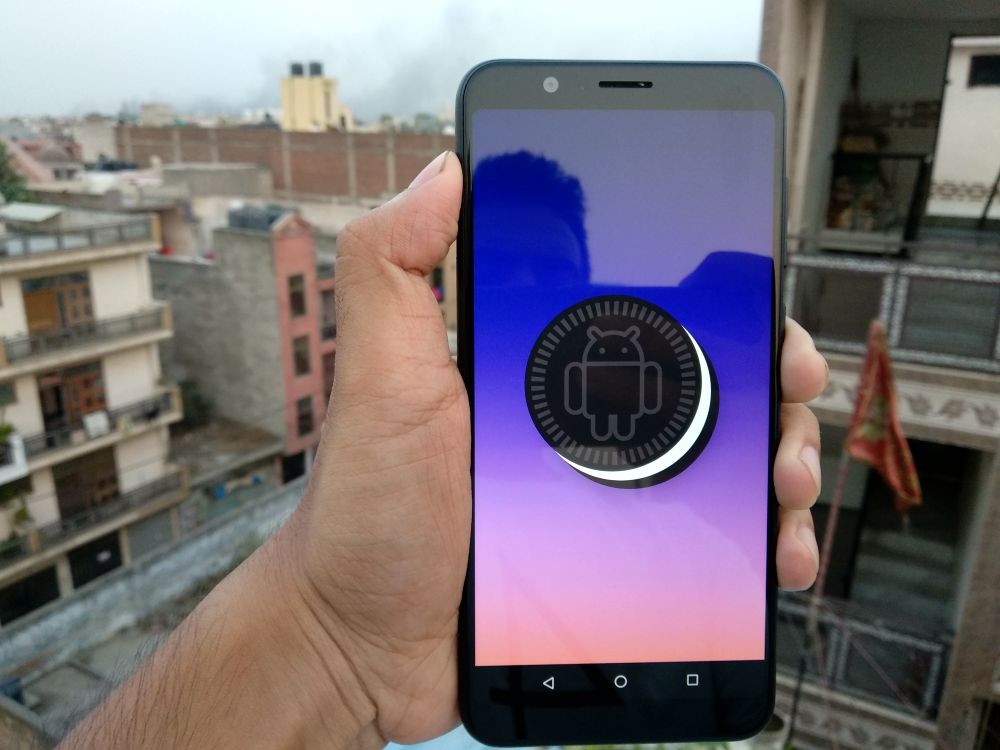
Some other selling point of the flagship is how responsive it is. The operations carried on the OS are simply lightning fast. The apps don't take fourth dimension to load. Scrolling and the on-screen buttons reply smoothly no matter how many apps yous have opened. The fingerprint reader is fast but still, we witness a slight delay. It'southward a lot better than thanks to the updates but withal needs comeback.
The company 'ASUS' provides regular OTA updates, and so nosotros can hope that the downsides such as the camera app and fingerprint reader response volition improve a lot in the future.
Now moving to the smashing highlight of the phone is its generous 5000mAh battery. If you thought Redmi Annotation 5 had a great bombardment, then why non effort these extra 1000mAh. The phone tin can run for 2 days on an average use such as short calls, online surfing, 10 minutes of gameplay, and and then on. Talking about the extreme usage such as 1-60 minutes PUGB gameplay, long online video telephone call, internet Full-HD video playback, the device hands withstand a whole solar day on a unmarried charge.
Since there's no fast charge technology, it takes around 2.five to 3 hours to charge the telephone with standard charging.
Pros
- Metal Built
- Incredible performance
- Insane Battery Life
- Responsive Os
- Vibrant Display
- Dual SIM and MicroSD carte du jour synchronizes at the same fourth dimension
Cons
- Back Gets Smudged With Fingerprints
- Camera App Interface Needs Comeback
- Boilerplate depression lite camera operation
- No Gorilla Drinking glass Protection
Concluding the ASUS Zenfone Max Pro M1 review, ASUS markets ASUS Zenfone Max Pro M1 to be the top rival of the mid-stop king Xiaomi Redmi Note 5 Pro. Is the flagship truly a Xiaomi Redmi Note 5 Pro killer? Yes, it definitely is! We get nigh the same hardware functioning (slightly better), bigger battery, a Dual SIM and MicroSD card slot, super responsive UI, and a forepart LED flash besides in comparison to Redmi Note 5 Pro while paying Rs 2,000 lesser.
ASUS Zenfone Max Pro M1 Offers the Same Level of Performance and Longer Bombardment Life at a Much Ameliorate Price Than Xiaomi Redmi Note v Pro
Right now, the demand for ASUS Zenfone Max Pro M1 is probably loftier thanks to the stupendously low price. You can grab one in two optional colors (Grayness and Deepsea Blackness) from the flash sales on Flipkart. Here'south the pricing:
- Standard version (3GB + 32GB) for Rs 10,999
- College version (4GB + 54GB) for Rs 12,999
- Sectional version (6GB) for Rs fourteen,999 (not selling correct now)
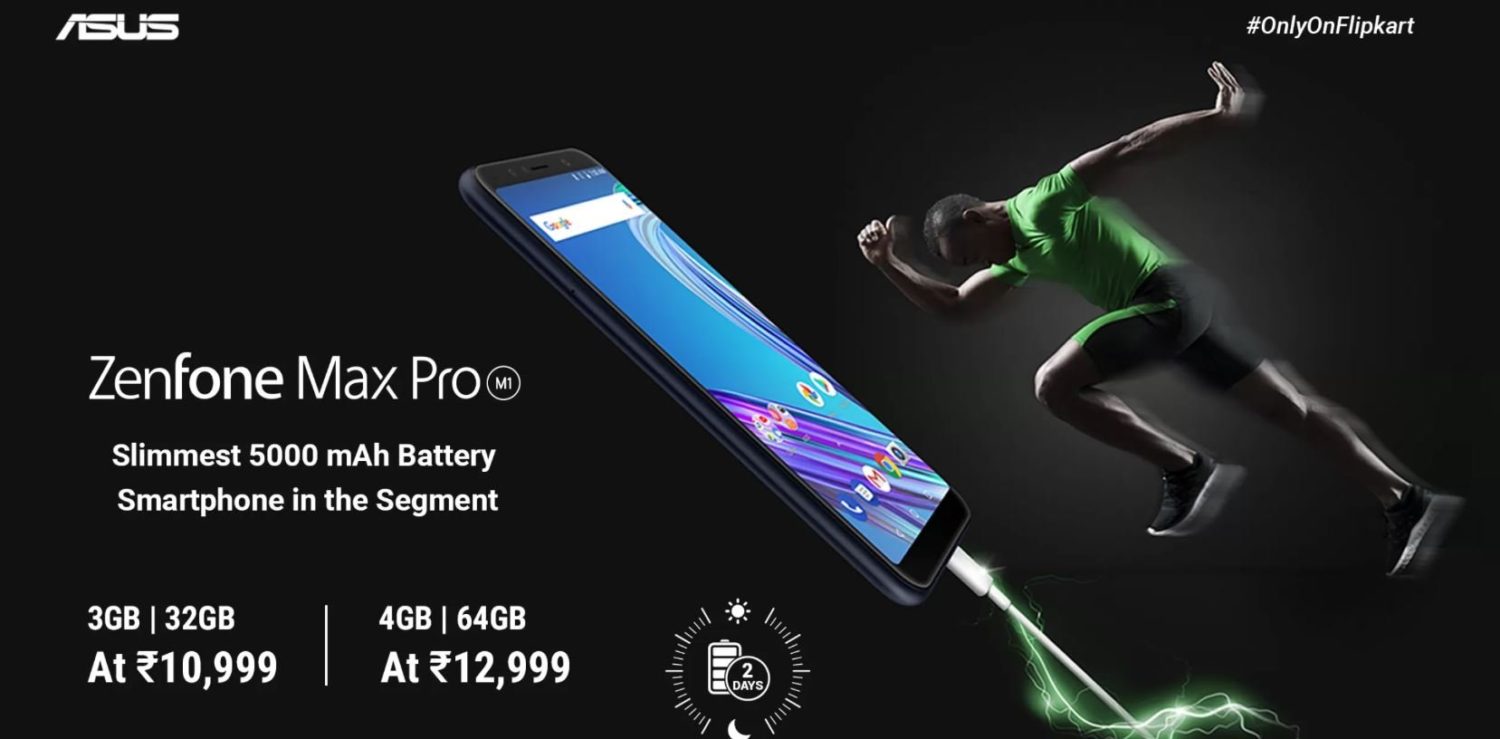
The side by side sale starts on June 14 at 12 pm.
Hope you loved the ASUS Zenfone Max Pro M1 Review. Don't forget to share your views and experience on the new ASUS Zenfone Max Pro M1 merely available to the defended Indians 😉
Update: Surprisingly, the phone is now available for international purchase likewise on Gearbest. Here's the link to the store:
Essai Asus Zenfone Max Pro M1,
Source: https://www.thephonetalks.com/asus-zenfone-max-pro-m1-review/
Posted by: freemanpinhould1981.blogspot.com

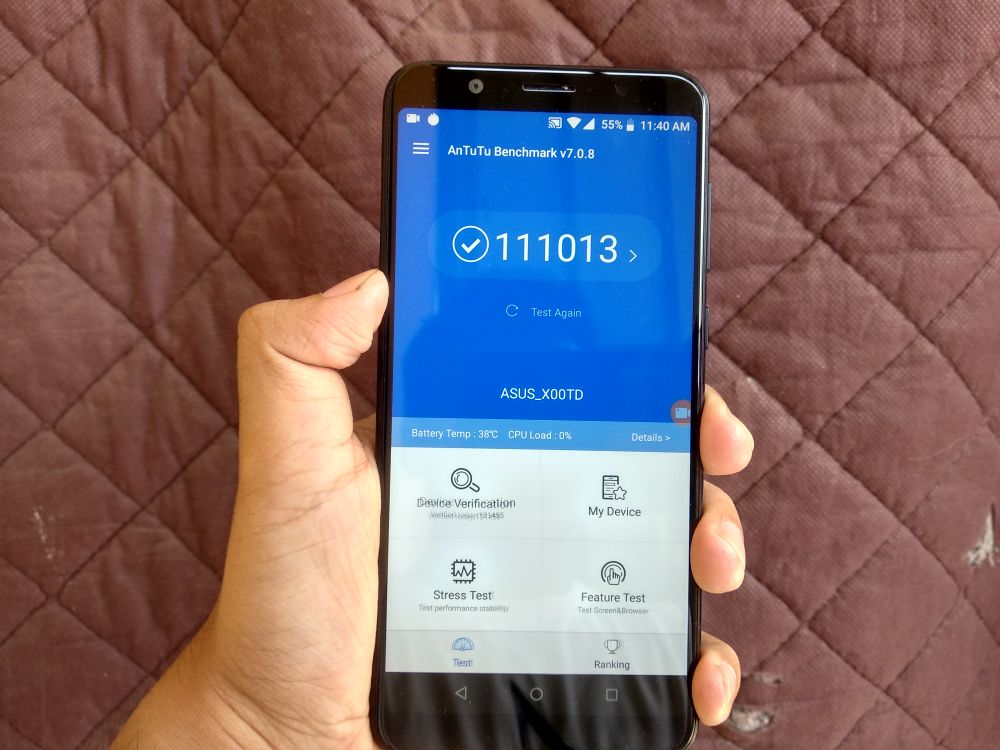
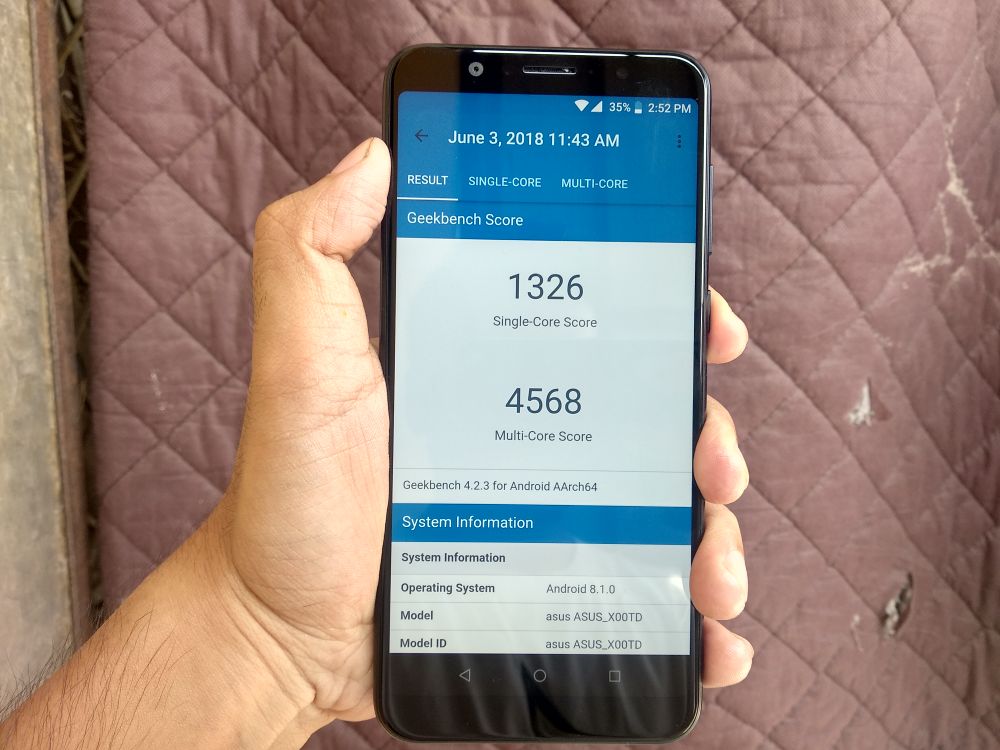
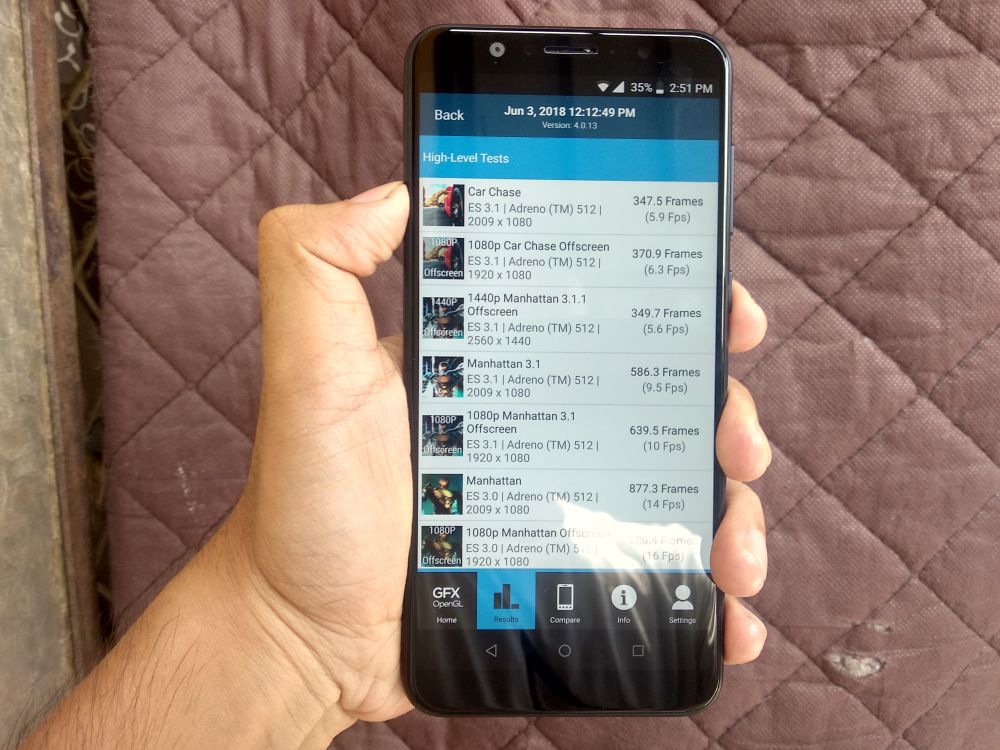
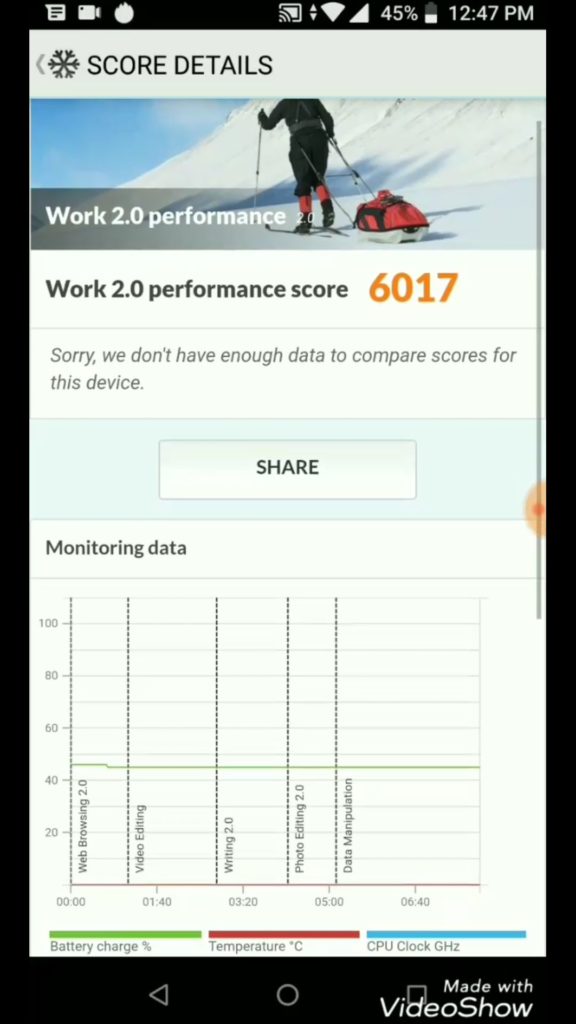
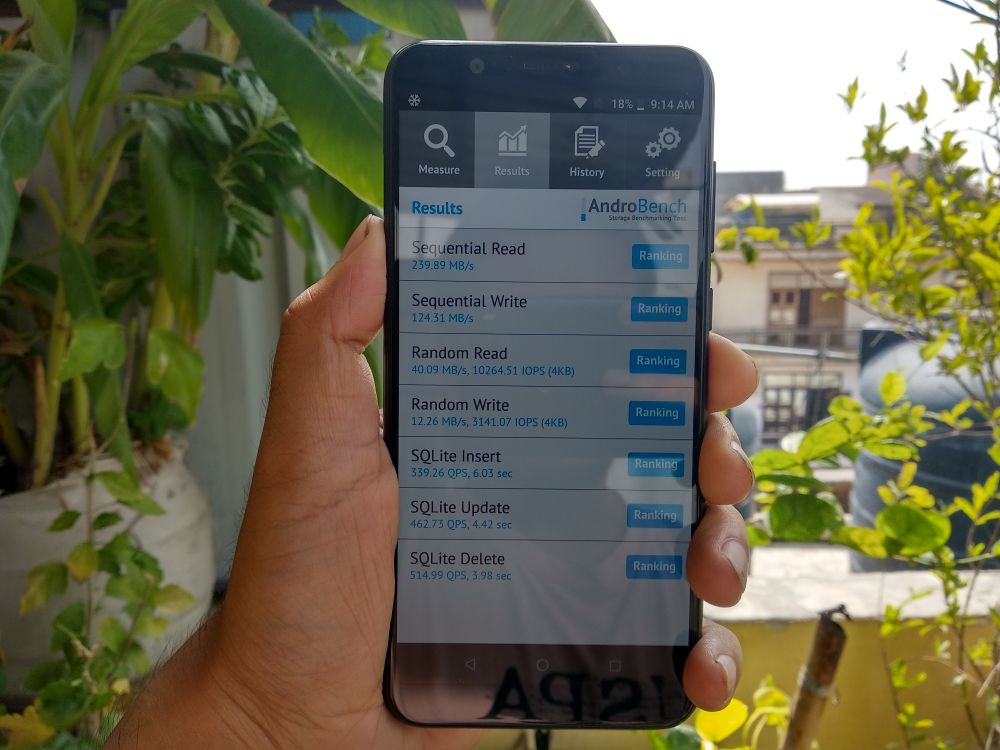


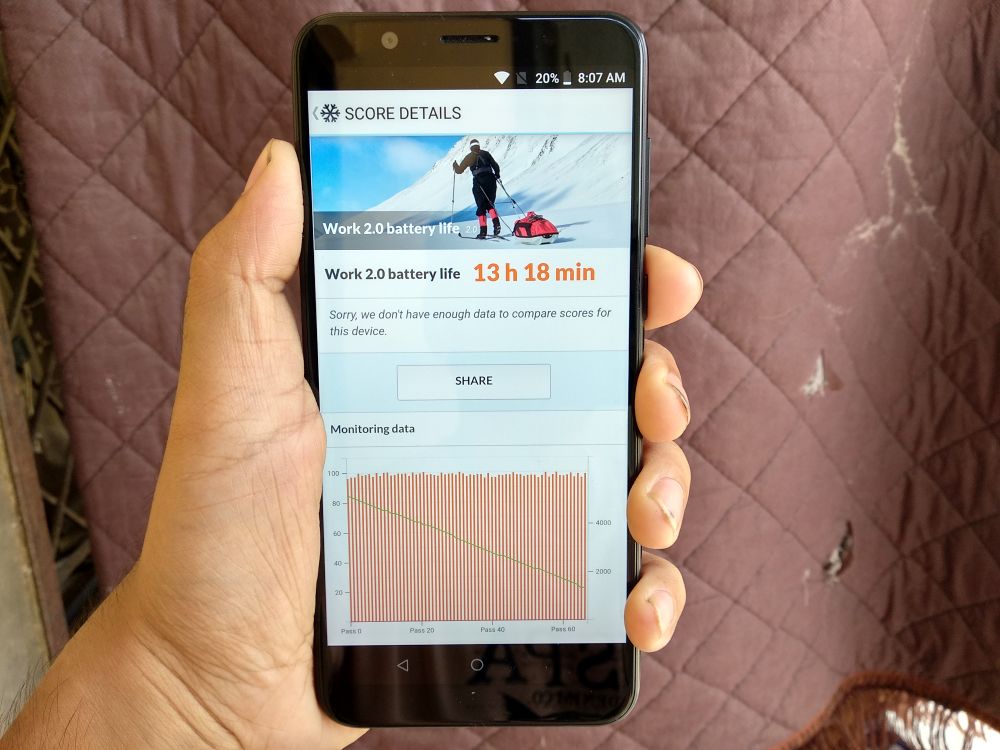

0 Response to "Essai Asus Zenfone Max Pro M1"
Post a Comment